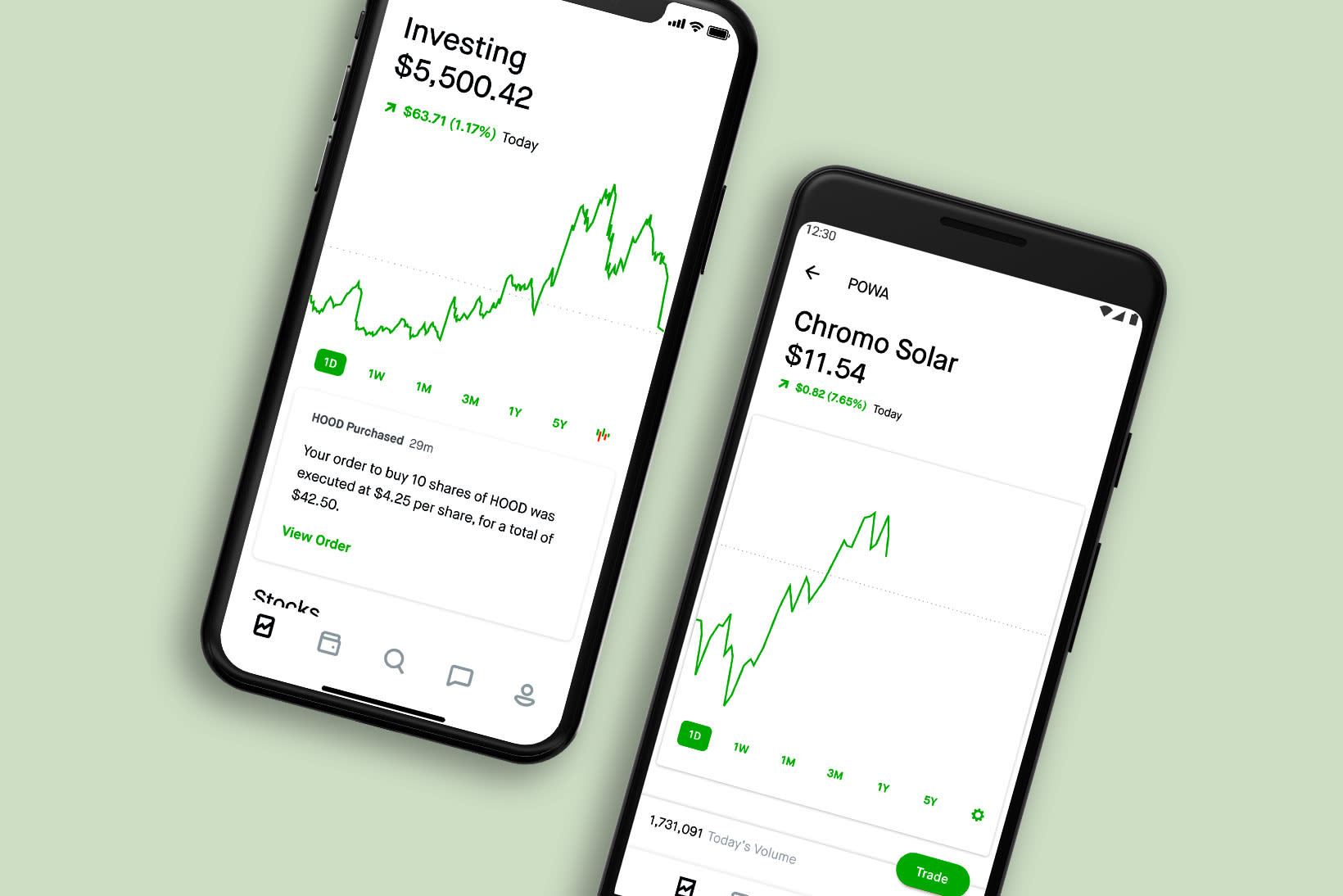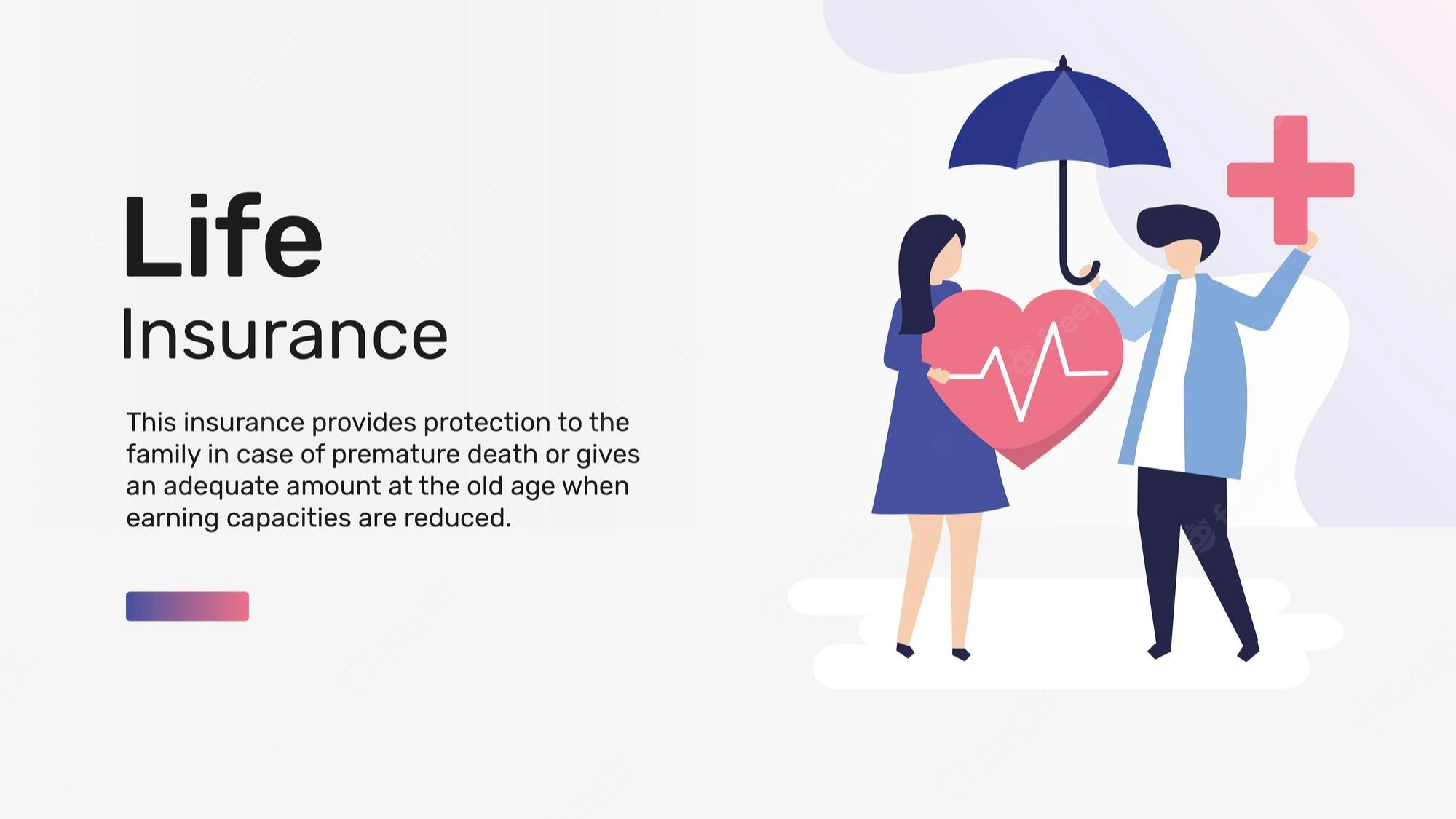

Finance
Accidental High Yielder Definition
Published: September 26, 2023
Discover the meaning of "Accidental High Yielder" in the world of finance and understand how this term relates to investment strategies and potential returns.
(Many of the links in this article redirect to a specific reviewed product. Your purchase of these products through affiliate links helps to generate commission for LiveWell, at no extra cost. Learn more)
Accidental High Yielder Definition: What You Need to Know
Welcome to our finance blog category! Today, we are going to delve into a fascinating topic that often catches the attention of savvy investors – the accidental high yielder. But what exactly is an accidental high yielder, and why should you care? In this blog post, we will answer these questions, provide a clear definition, and offer some valuable insights for those looking to make informed investment decisions.
Key Takeaways:
- An accidental high yielder is a company whose dividend yield increases unexpectedly due to various factors, such as stock price decline or stagnant growth.
- Investors should approach accidental high yielders with caution, as high dividend yields can sometimes be unsustainable or indicate underlying financial issues.
Understanding Accidental High Yielders
So, what exactly is an accidental high yielder? Essentially, it refers to a company whose dividend yield unexpectedly becomes high due to certain circumstances. This can happen for a variety of reasons, including a decline in the company’s stock price or stagnant growth. As a result, the dividend yield – which is calculated by dividing the annual dividend by the stock price – increases, attracting the attention of income-seeking investors.
Accidental high yielders may appear attractive at first glance, as their high dividend yields can be appealing to investors seeking regular income. However, it is crucial to approach such investments with caution and conduct thorough research before making any financial decisions. Here are a few points to keep in mind:
1. Unsustainable Dividend Yields
While high dividend yields may be enticing, they can sometimes be unsustainable in the long run. An accidental high yielder’s financial situation might not support their ability to continue paying out dividends at such a high rate. Before investing, it is essential to analyze the company’s financial health, including its cash flow, debt levels, and earnings growth potential. This way, you can determine if the high dividend yield is a result of solid fundamentals or merely a temporary situation.
2. Indication of Underlying Issues
An accidental high yielder can also indicate underlying financial issues within the company. A decline in stock price or stagnant growth might be symptomatic of larger problems, such as declining market share, competitive challenges, or a struggling business model. Before investing, it is crucial to investigate and understand the reasons behind the stock price decline and the potential impact on the company’s future performance.
So, how can you identify and analyze accidental high yielders in the market? Here are a few key steps to consider:
Identifying Accidental High Yielders
- Screening: Utilize stock screeners or financial software to identify companies with high dividend yields relative to their peers or historical averages.
- Research: Dig deeper into the identified companies to understand the reasons behind their high dividend yields. Look for any indications of underlying financial issues or potential unsustainability.
- Financial Analysis: Analyze the company’s financial statements, including its income statement, balance sheet, and cash flow statement. Pay close attention to key financial ratios such as debt-to-equity, payout ratio, and free cash flow.
- Industry Comparison: Compare the company’s dividend yield to others in the same industry to assess its relative standing and identify any anomalies.
By following these steps, conducting thorough research, and seeking guidance from financial professionals, you can make more informed decisions when it comes to accidental high yielders. Remember, while high dividend yields may appear attractive, it is essential to look beyond the numbers and evaluate the company’s overall financial health and growth potential.
In conclusion, accidental high yielders can offer attractive opportunities for income-seeking investors, but they can also carry risks. By understanding the concept, conducting thorough research, and analyzing the company’s financial health, you can make informed investment decisions and navigate the market with confidence.














